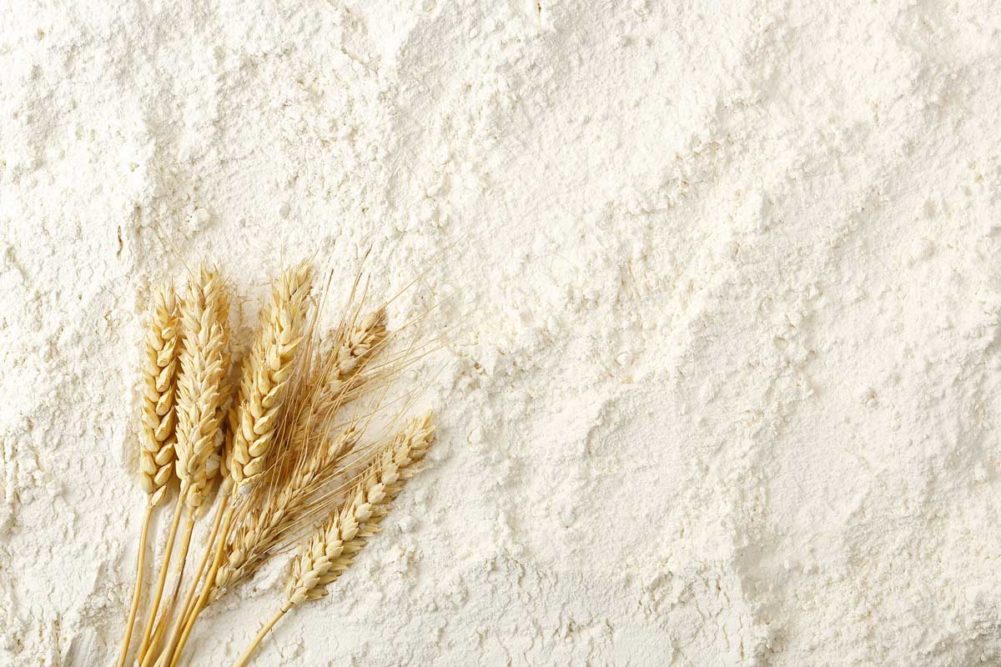WASHINGTON – Retreating after a surge in the first quarter, flour production in the second quarter of 2020 slumped to a nine-year low of 101,911,000 cwts, down 2,018,000, or 1.9%, from 103,929,000 a year ago, according to the National Agricultural Statistics Service (NASS) of the US Department of Agriculture. It was the smallest second quarter total since April-June 2011 when it was 100,313,000. It was down 5.4% from the first quarter at 107,718,000.
January-June flour output aggregated 209,629,000 cwts, up 1% over 207,529,000 in the first half of 2019.
The second-quarter flour figure slumped during the quarter despite a surge in semolina production. April-June semolina production totaled a record 9,133,000 cwts, up 20% from 7,622,000 a year ago and up 12% from 8,140,000 in the first quarter. Semolina output in the first half of 2020 totaled 17,273,000 cwts, up 11% from 15,527,000 a year back.
NASS data are now available for 24 consecutive quarters.
US flour production ex-semolina in the second quarter was 92,778,000 cwts, down 3.7% from 96,307,000 a year ago and the smallest for any quarter since April-June 2011 when it was 92,133,000.
US 24-hour capacity in April-June was 1,614,050 cwts, unchanged from the first quarter and down from 1,646,760 a year back.
Flour mill operating rate in April-June was at 82%, down from 86.7% in the first quarter but the same as April-June 2019.
Wheat grind in the second quarter at 218,994,000 bus was down 6% from 233,019,000 in the first quarter and down 2.7% from 225,056,000 a year ago.
Millfeed output in April-June totaled 1,555,722 tons, down 5.5% from 1,646,827 tons in the first quarter and down 3.9% from 1,618,622 a year ago.
Rye flour production in the second quarter totaled 159,000 cwts, down 34.8% from 244,000 in the first quarter and down 22.1% from 204,000 a year ago.





